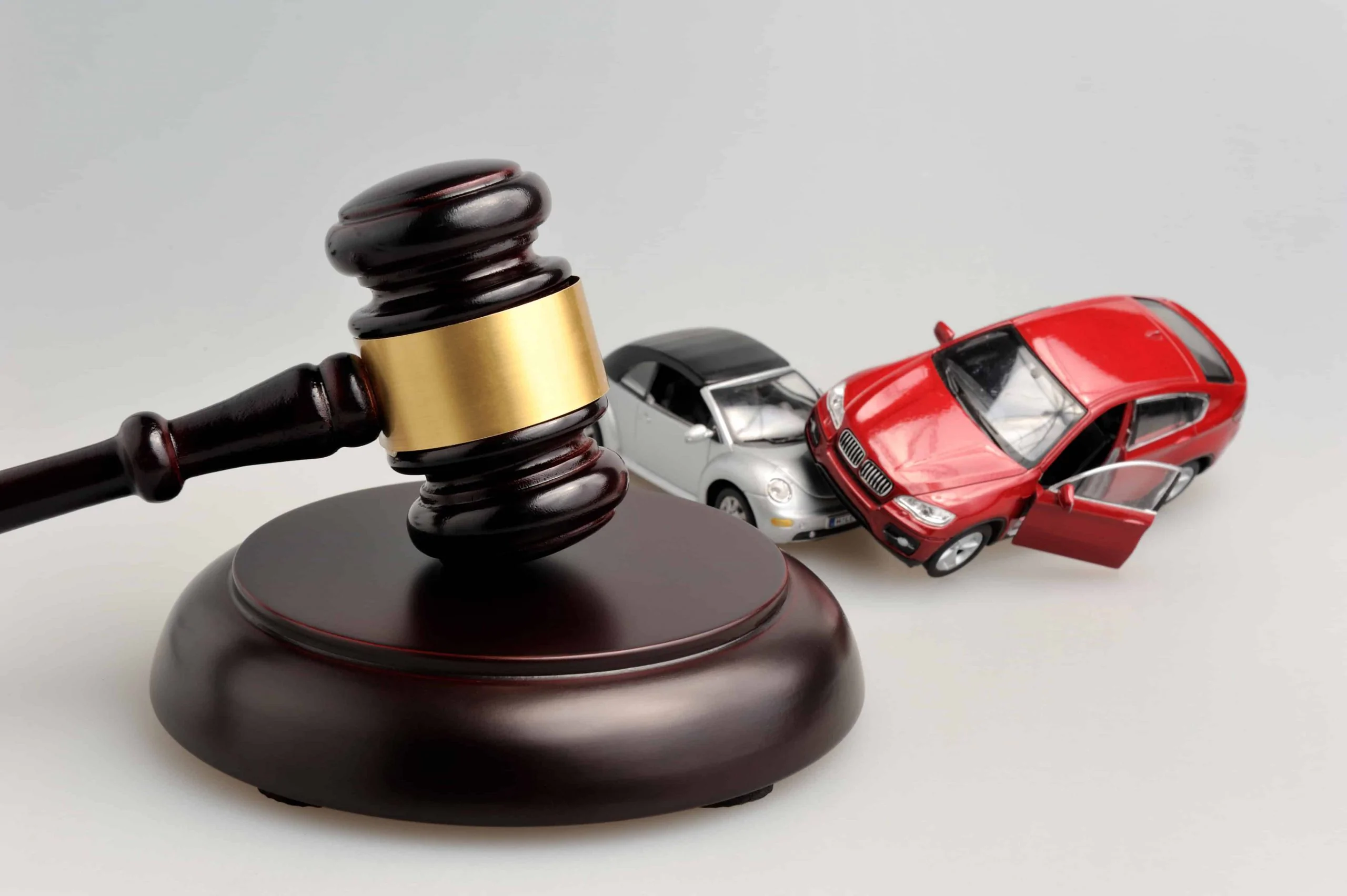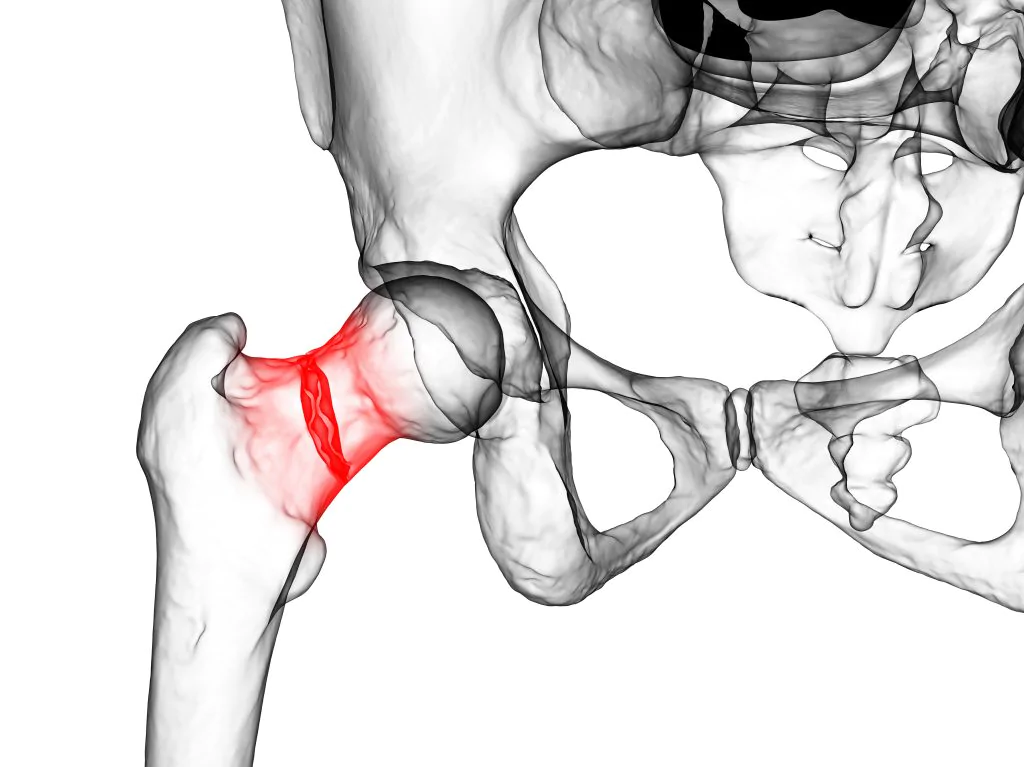If you’ve found yourself being sued for a car accident, it’s likely you are confused and worried about what to do next. You can take control by learning what to anticipate and how you can best protect yourself moving forward from the incident. Starting immediately after the accident, there are helpful measures you should follow, whether you are at fault, partially responsible or blameless in the unfortunate accident involved. No matter who is at fault, you should be represented in any legal dispute.
What to Do at the Scene
- Stop: You must stop at the scene of an accident whether it involves another driver, a parked car, pedestrian, or personal property. You are required to stay and exchange any necessary information with the other party. Failure to stop is punishable as a misdemeanor. Don’t make matters worse by turning it into a hit and run.
- Find Safety and Stability: You may start to feel panicked, but it’s important to be calm and think clearly. Be aware of your surroundings and try not to further endanger yourself. You may have to move your car out of the road or intersection, but do not leave, even if it is to find help. Stay put: do not risk being blamed for a hit and run.
- Be Calm and in Control: Try not to make any emotionally-charged reactions when you assess the situation. This is important for maintaining mental clarity while also preventing yourself from admitting fault. When speaking with the other party, try not to say things that make you sound guilty, such as: I’m sorry, I didn’t see you, etc. Do not try to negotiate with them or discuss details. Wait to let the insurance companies do their jobs.
- Call the Authorities: Call 911 to request an officer and any necessary emergency services. Remember to remain calm and state the facts without admitting fault. Be cooperative and truthful while filing the police report, but don’t say it’s your fault.
- Call Your Insurance Company: You will exchange information with the police and the other party at the scene. If you are able, call your insurance company on location to quickly report the accident. They may be able to begin processing your claim and will probably be able to talk you through collecting evidence at the scene. Again, tell the truth, but refrain from any admissions of guilt that later could be used against you.
- Collect Evidence: Safely document any evidence that can help prove you were not at fault.
- Take pictures of any obstructions to your line of sight, road hazards, road conditions, and property damages
- Record details such as time of day, weather conditions, and all witness statements in detail with their contact information
Following these guidelines will put you in the best possible position for your defense. The statute of limitations for a personal injury lawsuit in New York is three years. This means that a victim has three years from the date of the accident to take legal action. It’s important to be prepared in case you are caught off guard years after the incident.
Reporting a Car Accident in New York
There are two car accident reports that you must follow up on:
- An immediate report with local police made from the scene
- A written DMV report made within 10 days
When someone is injured, you are required to report it by calling 911 as soon as possible, and then by following through with the DMV report. When an accident results only in property damage, you only have to call the police if the owner is not present. If the owner is present you must exchange information, but still have to file with the DMV within 10 days.
All accidents resulting in personal injury or over $1000 of property damages must be reported to the DMV within 10 days.
Failure to abide by these requirements will only make your situation worse and subject you to fines and possible jail time.
When Can You be Sued?
The automobile liability policies in New York provide a certain amount of coverage that in many cases provides sufficient compensation for personal injury damages. However, a person has the right to sue a negligent driver if:
- Medical expenses and other economic loss exceed the mandatory $50,000 no-fault insurance policy
- Serious injury is sustained. The Insurance Law defines serious injury as resulting in one of the following:
- Death
- Dismemberment
- Significant disfigurement
- Loss of a fetus
- Permanent loss of a use of a body organ, member, function or system
- Permanent consequential limitation of a body organ or member
- Significant limitation or use of a body function or system
- Medically determined injury or impairment of a non-permanent nature that successfully prevents the victim from performing usual and customary daily activities for at least 90 days within 180 days following the occurrence of the injury or impairment
- The injured person or at-fault driver does not have adequate insurance under New York’s minimum insurance requirements
New York Car Insurance Laws
New York has mandatory minimum insurance requirements in order to register a car and legally drive. Note that having automobile insurance will not prevent claims being made against you. Your insurance will provide legal defense, but it could be a good idea to hire an attorney privately if you’re concerned about the value of damages going beyond your coverage. The minimum New York automobile insurance policies are:
- No-Fault (Personal Injury Protection): automatically covers any economic loss from personal injury up to $50,000 per person, regardless of who caused the accident.
- Liability Insurance (Bodily Injury and Property Damage): this type of policy covers you when you’re being sued. The minimum amounts of liability coverage are:
$25,000 for bodily injury (not resulting in death), or $50,000 for any injury resulting in death, sustained by any one person in any one accident;
$50,000 for bodily injury (not resulting in death) sustained by two or more persons in any one accident, or $100,000 for any injuries resulting in death sustained by two or more persons in any one accident (subject to the above per person limits) - Uninsured Motorist Coverage is bodily protection for you and members of your family in the event of injury caused by a hit and run or uninsured motorist. The limits for this coverage are the same minimums required for liability insurance.
No-fault insurance pays for your injuries and any property losses you suffer regardless of fault or responsibility on your part. Liability insurance is the insurance type that makes payments on your behalf for any damages claimed against you. The greater your liability policy, the more coverage you’ll have if you are held responsible for damages such as pain and suffering. If your liability coverage doesn’t cover the damages against you, you will be responsible for paying the difference out of your own assets.
When being sued by an insurance company, expect the process to be long and arduous. It is up to them to decide whether to settle or not. They may try to make it as difficult and time-consuming as possible to recover damages, dragging you through the process, if not all the way to trial.
Legal consequences, such as points on your license or loss of driving privileges, are reasons it’s important to determine liability regardless of whether damages are covered by no-fault coverage. New York’s Comparative Negligence Law is used to determine the negligence of everyone involved and applies when damages exceed the no-fault coverage.
New York’s Pure Comparative Negligence Law
This law is used by insurance agencies to determine the percentage of blame each party has for causing the accident. That is, the process compares the blame of everyone involved and assigns proportions of responsibility for the event. In pure comparative negligence, a victim is allowed to seek compensation from the at-fault driver even if they are to partly blame. The amount of compensation the victim receives decreases based on the percentage of negligence they contributed. This all means that an injured person can claim damages from an accident that they mostly caused.
Determining Fault in a Car Accident
Sometimes it’s easy to determine who is at fault, but it can get complicated depending on local laws. Insurance companies use police reports as objective sources, but also take into account witness statements, photos from the scene and environmental factors from that day, like weather or physical obstructions. This is why it’s critical to obtain clear, reliable evidence from the scene of an accident.
In a best-case scenario, your insurance will cover all the damages for which you are held responsible. In any case, your insurance rates can be expected to rise if you’re deemed more than 50% responsible in the accident.
Being Sued for a Car Accident with No Insurance
If you are involved in an accident while driving a vehicle not covered by liability insurance, you are already violating laws in New York. If caught doing so, the DMV will revoke your license and registration for at least one year. You face the same consequences for allowing someone else to drive your uninsured vehicle. You can be fined up to $1500 and have to pay an additional $750 as a civil penalty to the DMV when you get your license back. Avoid these consequences and make sure you always drive with valid, acceptable insurance coverage.
Without insurance, you are accountable for any damages you owe, inn addition to your own.
If you’re being sued but have no substantial assets, you are still responsible to pay damages. You can expect notices from debt collectors and many solicitations from lawyers hoping you will hire them to help you.
When a Claim is Made Against You
Until you are represented by an attorney there are some basic steps to take following an accident. However, these apply only until you have a lawyer.
- Refer any involved person attempting to contact you directly to your insurance company
- Forward any correspondence from an involved party (passengers, drivers, attorneys) to your insurance company
- Forward all legal notices served on you to your insurance company
It is better to proceed with this process when you are represented by an attorney. Your lawyer and your insurance company are experienced in the process and will understand how to protect your interests. Protect yourself by meeting reporting deadlines with the DMV. Cooperate with your legal team and refrain from discussing the case with anyone.
If you’re anticipating a lawsuit or have already been served, contact Sobo & Sobo to speak with an attorney about help moving forward.




